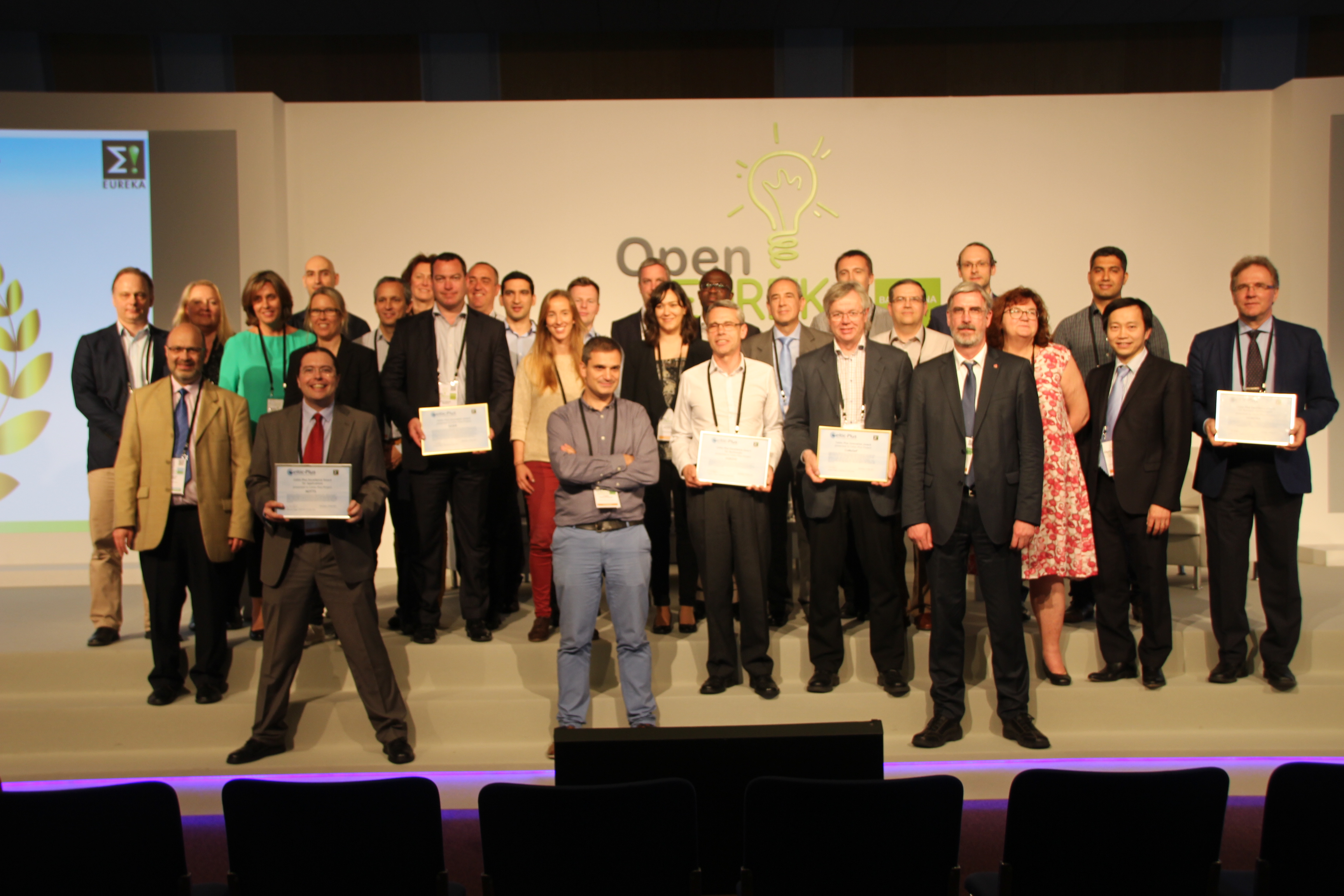Three IMT projects receive Celtic-Plus Awards
Three projects involving IMT schools were featured among the winners at the 2017 Celtic-Plus Awards. The Celtic-Plus program is committed to promoting innovation and research in the areas of telecommunications and information technology. The program is overseen by the European initiative Eureka, which seeks to strengthen the competitiveness of industries as a whole.
[box type=”shadow” align=”” class=”” width=””]
SASER (Safe and Secure European Routing) :
Celtic-Plus Innovation Award
The SASER research program brings together operators, equipment manufacturers and research institutes from France, Germany and Finland. The goal of this program is to develop new concepts for strengthening the security of data transport networks in Europe. To achieve this goal, the SASER project is working on new architectures, specifically by imagining networks that integrate, or are distributed, via the latest technological advances in cloud computing and virtualization. Télécom ParisTech, IMT Atlantique and Télécom SudParis are partners in this project led by the Nokia group.
[/box]
[box type=”shadow” align=”” class=”” width=””]
NOTTS (Next Generation Over-The-Top Multimedia Services) :
Excellence Award for Services and Applications
NOTTS seeks to resolve the new problems created by over-the-top multimedia services. These services, such as Netflix and Spotify, are not controlled by the operators and affect the internet network. The project proposes to study the technical problems facing the operators, and seek solutions for creating new business models that would be agreeable for all parties involved. It brings together public and private partners from 6 different countries: Spain, Portugal, Finland, Sweden, Poland, and France, where Télécom SudParis is based.
[/box]
[box type=”shadow” align=”” class=”” width=””]
H2B2VS (HEVC Hybrid Broadcast Broadband Video Services) :
Excellence Award for Multimedia
New video formats such as ultra-HD and 3D test the limits of broadcasting networks and high-speed networks. Both networks have limited bandwidths. The H2B2VS project aims to resolve this bandwidth problem by combining the two networks. The broadcasting network would transmit the main information, while the high-speed network would transmit additional information. H2B2VS includes industrialists and public research institutes in France, Spain, Turkey, Finland and Switzerland. Télécom ParisTech is part of this consortium.
[/box]
Two IMT projects also received awards at the 2016 Celtic-Plus Awards.




Leave a Reply
Want to join the discussion?Feel free to contribute!